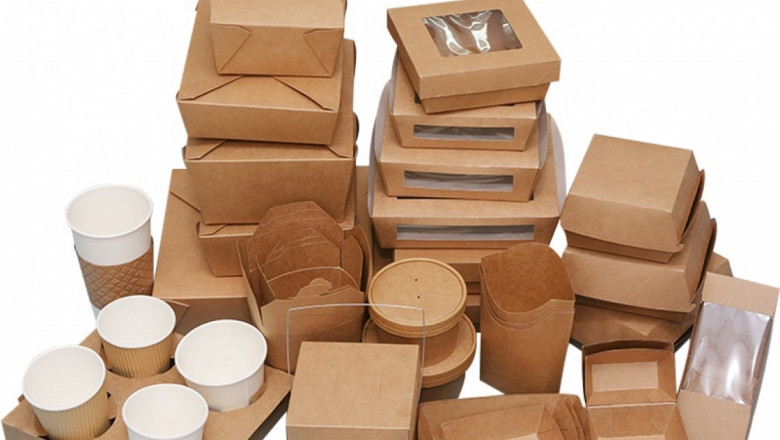views
In recent years, the recyclable packaging market has witnessed remarkable expansion, fueled by growing environmental concerns, evolving consumer preferences, and progressive government regulations worldwide. As sustainability becomes an integral part of business strategies, recyclable packaging is no longer just an option but a necessity for companies across industries. This blog post explores the key factors driving the expansion of the recyclable packaging market and what this growth means for businesses, consumers, and the planet.
Market Growth at a Glance
The recyclable packaging market is experiencing rapid growth on a global scale. Valued at over USD 200 billion in 2024, the market is projected to nearly double in size by 2034, with a compound annual growth rate (CAGR) of around 6.3%. This expansion is driven by a convergence of factors including technological innovations, stringent environmental regulations, and heightened consumer demand for sustainable products.
Industries such as food and beverage, healthcare, cosmetics, and e-commerce are leading the charge in adopting recyclable packaging solutions, making it a key component of their sustainability goals. The market expansion is not only boosting environmental benefits but also opening new business opportunities across the packaging value chain.
Key Drivers of Market Expansion
1. Rising Environmental Awareness
The increasing global awareness about plastic pollution, climate change, and resource depletion is encouraging consumers and corporations alike to seek eco-friendly packaging alternatives. Consumers are more informed and conscientious about their environmental impact, often preferring brands that use recyclable and sustainable packaging.
2. Government Regulations and Policies
Governments worldwide are implementing rigorous regulations to reduce plastic waste and promote recycling. For instance, the European Union’s Circular Economy Action Plan mandates that all plastic packaging must be recyclable by 2030. Similarly, several U.S. states have introduced laws requiring increased use of recyclable or compostable packaging materials.
Such regulatory frameworks are compelling manufacturers and brands to redesign their packaging solutions, invest in recycling infrastructure, and innovate to meet compliance standards driving significant market expansion.
3. Technological Advancements
Advancements in material science and packaging technology are enhancing the feasibility and performance of recyclable packaging. Innovations include the development of biodegradable plastics, water-based inks, and sustainable adhesives that do not compromise recyclability.
Additionally, smart packaging technologies such as QR codes and RFID tags enable better tracking and consumer education on recycling practices, increasing the efficiency of recycling processes. These innovations are expanding the scope and appeal of recyclable packaging.
Regional Growth Highlights
-
Europe currently leads the market, accounting for a substantial share of global recyclable packaging demand due to stringent environmental regulations and proactive corporate sustainability initiatives.
-
North America is a strong player, with increasing investments in recycling infrastructure and consumer pressure fostering growth.
-
Asia Pacific is expected to witness the fastest growth rate, driven by rapid urbanization, industrialization, and rising environmental awareness in countries like China, India, and Japan.
Opportunities in Market Expansion
The expanding recyclable packaging market offers numerous opportunities:
-
For manufacturers: The demand for new materials and innovative designs is creating a lucrative environment for material scientists, packaging producers, and technology firms.
-
For brands: Adopting recyclable packaging enhances brand image and consumer loyalty, aligning with growing sustainability commitments.
-
For investors: The market expansion offers attractive prospects for funding sustainable startups and scalable recycling infrastructure projects.
Challenges to Consider
Despite its promising growth, the market faces challenges such as higher production costs, inconsistent recycling infrastructure, and the complexity of recycling composite materials. However, ongoing investments in research and development, infrastructure upgrades, and consumer education are addressing these barriers steadily.
Conclusion: A Sustainable Future in Packaging
The recyclable packaging market is expanding rapidly, reflecting a global shift towards sustainability and circular economy principles. This growth is transforming how products are packaged, transported, and disposed of, offering environmental benefits while creating economic value.
Businesses that embrace recyclable packaging are better positioned to meet regulatory requirements, satisfy eco-conscious consumers, and gain a competitive edge. As innovation and infrastructure development continue to advance, the recyclable packaging market will play a pivotal role in shaping a greener, more sustainable future for industries worldwide.





















Comments
0 comment